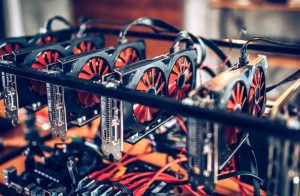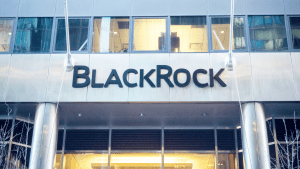Importance of second layer solutions Arbitrum and Optimism
2 min readIn March, Arbitrum launched its ARB token. About a year ago, Optimism launched its first airdrops. The chance of free cryptocurrencies led to great popularity. But how necessary is the trend? A look at Ethereum currently popular scaling solutions.
Why Ethereum needs second layer solutions
Arbitrum and Optimism offer scaling solutions to the Ethereum network, similar to Polygon. In contrast to Polygon, the two networks are currently more focused on the scaling solution of the optimistic roll ups, while Polygon is more broadly based. Ethereum can offload individual transactions and services from its main network, increasing network capacity and lowering transaction costs. Accordingly, second-layer solutions help the giant to further expand its position as a leading smart contract network and to offer mass-market solutions for users, developers and companies.
Do second layer solutions also have disadvantages?
Second-layer solutions offer many advantages, but they also have disadvantages. Increasing centralization through the installation of additional layers is often criticized. The more complex the solutions are built on Ethereum, the more attack surfaces there are for hackers. For example, in March 2023 alone, a Total Value Locked (TVL) of over 200 million USD was hacked. Among the hacks was the DEX Arbiswap on Arbirtrum. Within a very short time, more than 100,000 US dollars in customer funds were withdrawn from the liquidity pools. It must also be noted that the Ethereum-friendly second-layer networks in particular attract large investors who (exploit) the new tokens as a fast trading vehicle. The more active behavior associated with airdrops often triggers greater price fluctuations, so that the price is temporarily pushed below the starting price.
Conclusion: A must-have for Ethereum, a nice-to-have for investors
For interested small investors, the all-important question often arises as to which functions the tokens have to have in order to gain intrinsic value. While the MATIC token, like Ether, also acts as a gas token as well as a staking token for the validators, the Optimism and Arbitrum tokens primarily serve as governance tokens. The transaction fees, on the other hand, are paid in ETH. Further future functions for the recently introduced tokens cannot be ruled out. Despite many unanswered questions, for Ethereum the advantages of relying on second-layer solutions currently outweigh the disadvantages. But which scaling solutions will ultimately prevail and how much their tokens will be needed will probably only become apparent after a lengthy experimental phase.






